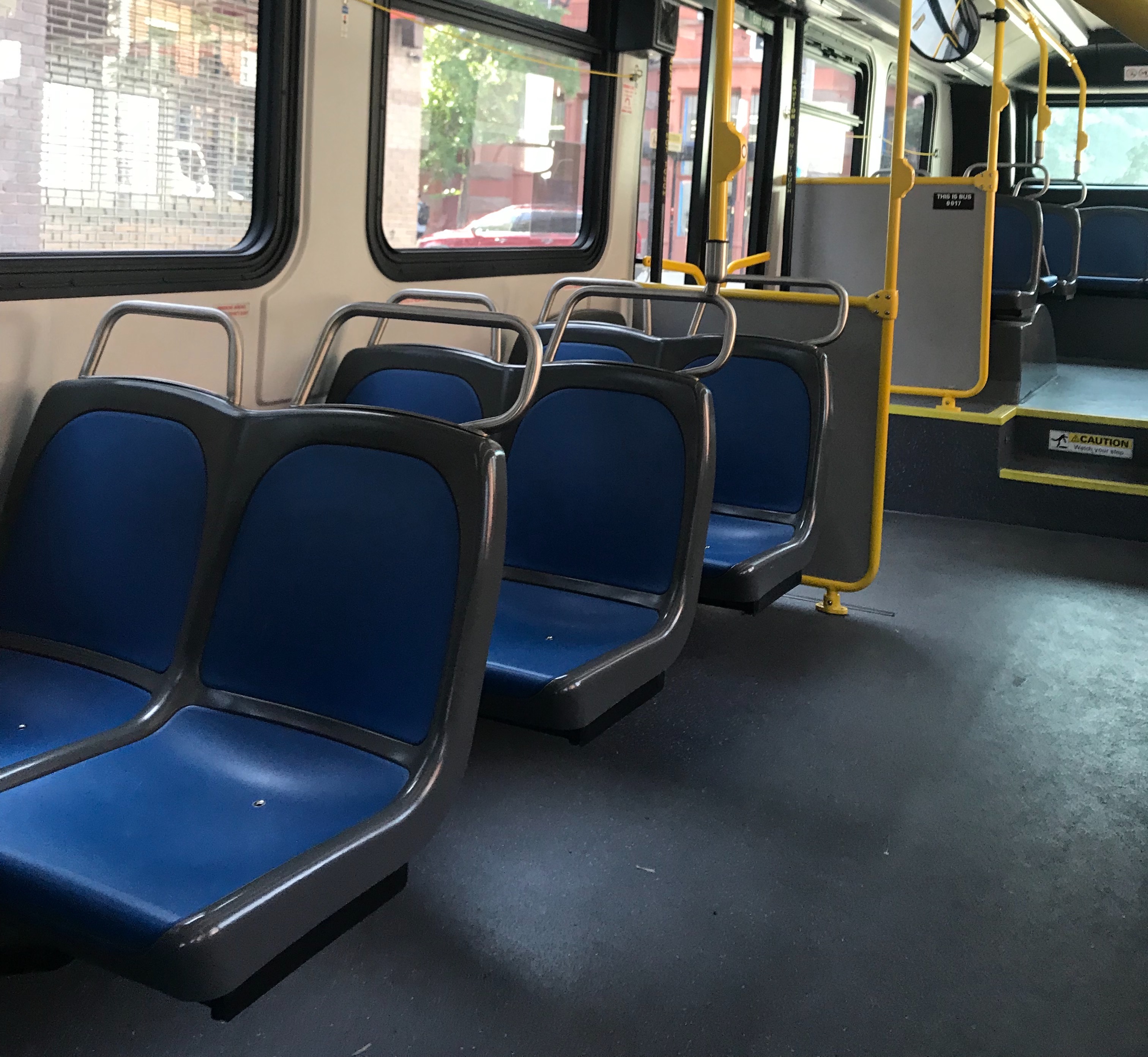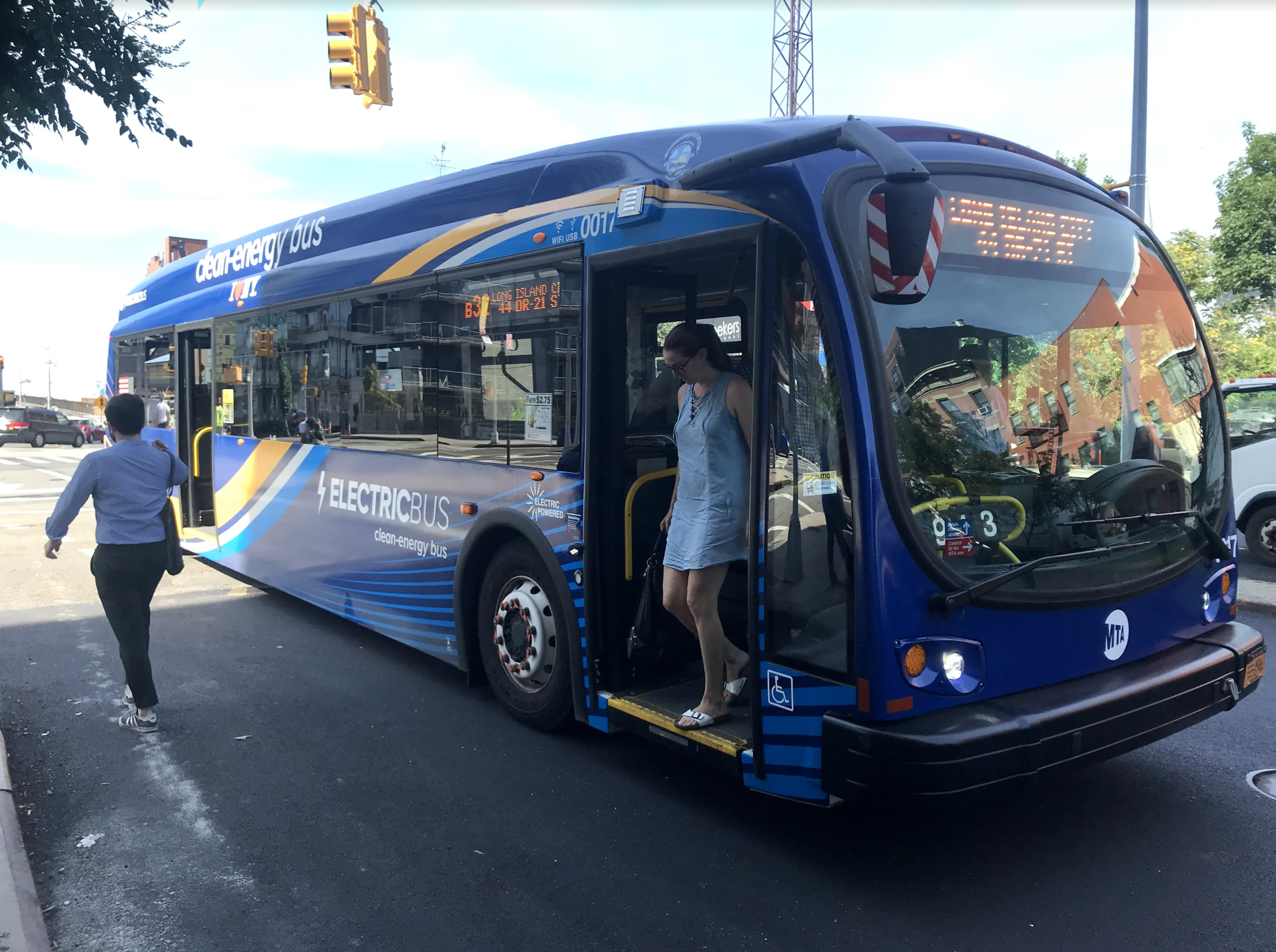

The Electric City Bus Transit Test
Electric buses are trending. As the world burns, municipalities around the country are seeking ecologically-minded solutions to reduce fossil fuel consumption, and some cities are turning to the magic of electric buses. And, if civilization persists, predictions expect the number of electric buses in the world to triple by 2025.
In the U.S. the West Coast has been eager to hop on the Tesla-bus bandwagon, with Seattle and LA as the first major U.S. cities with plans to revolutionize their fleets. In July 2017, LA Metro announced its plan to fully convert to electric by 2030. And to no one’s surprise, aggressively eco-minded King County Metro in Seattle plans to acquire 120 electrics by 2020 and operate an entirely electric fleet by 2040. 16 other cities in California followed suit by submitting a letter in January in support of a state proposal that would require all California bus fleets to be completely converted by 2029. And in May San Francisco’s SFMTA also launched its 2035 all-electric commitment, purchasing only electric buses starting in 2025.
This April, New York City Transit president Andy Byford announced a plan to make the largest bus fleet in the country all-electric by 2040. Today, NYC has ten pilot electric buses running, and NYCT’s full bus system overhaul plan released in May calls for expansion to 60 electrics by the end of this year.
The NYC plan piqued our interest. As fate would have it, some of the prototype electric buses are running in Greenpoint, our home and beat, so we took a ride.
Regardless of what powers the engine, a bus is a bus. It was structurally and functionally the same as a diesel bus. It also had all the benefits of a brand new bus: clean, shiny, less gum under (or on) the seats and no detectable remnants of mold or cigarette smoke. There were some user experience benefits to the electric bus, which was quiet and smooth, notably more so than a regular-old bus. There was heightened stability and lack of shaking so that I could definitely attempt to send out a tweet unlike our experience riding pseudo-bus Chariot.
Although the research on environmental and long-term public health impacts of the electric bus is plentiful, there’s nothing sustainable about electric buses that no one is riding.

Buses are under a lot of performance clouds across the U.S., with ridership plunging in many markets. One potential pitfall of the declarations for all-electric fleets is that agencies may be inviting technical performance problems to go along with their other systemic issues.
An LA Times investigation outlined a long list of existing problems with electric buses currently operating. The first few electrics LA Metro dispatched – made by BYD Motors – were quickly deemed “unsuitable, poorly made and unreliable for more than 100 miles” by agency staff and taken off the road. A few ailments described within the first ten days of included smoking wheels, the need for jump starts after only one day of running, batteries that quickly lost their charge, stalling, and even rolling backwards on inclines.
The good news is that the LA buses were part of a small pilot fleet, and could easily be replaced by standard vehicles.
Albuquerque faced similar issues with its electric buses, but unfortunately the new buses were integral to the launch of a major new project – a BRT route through the middle of town that had been controversial and is now much more so because it cannot launch. These were also BYD buses (BYD’s woes may now also extend to Trump-era protectionism being built into U.S. transportation appropriation bills). Indianapolis also plans to launch new BRT routes with brand-new electric buses.
Luckily we did not experience any of these hiccups on our Brooklyn ride. It was not a BYD, and it could also easily be replaced by other buses from NYC Transit’s vast fleet. We’re happy that NYC Transit is working its way to an all-electric fleet more gradually.
When departing our electric bus, we asked our driver whether he liked driving the electric. He shook his head and responded: “It’s too much to learn.”
Electric buses’ steep learning curve noted by our driver extends beyond operators — just ask Albuquerque. So, although some transit trends are more successful when implemented on a shorter timeline like a bus network redesign, it’s smart to introduce electric buses to regular service more gradually, as the MTA is doing. Many of its American peers are using a similar approach and purchasing electric buses in smaller batches. Chicago plans to buy 20-30, Minneapolis is buying six, and Portland five).
Bus riders are already dealing with the laundry list of ailments. While riders and city residents deserve clean and quiet buses, what will sustain bus transit as a vital service is fast, frequent, and reliable transportation. Before tossing in another hurdle to achieving this, let’s deal with today’s immediate problems while bus manufacturers perfect their electric buses.
 On the Brink: Will WMATA’s Progress Be Erased by 2024?
On the Brink: Will WMATA’s Progress Be Erased by 2024?
The experience of being a WMATA rider has substantially improved over the last 18 months, thanks to changes the agency has made like adding off-peak service and simplifying fares. Things are about to get even better with the launch of all-door boarding later this fall, overnight bus service on some lines starting in December, and an ambitious plan to redesign the Metrobus network. But all of this could go away by July 1, 2024.
Read More Built to Win: Riders Alliance Campaign Secures Funding for More Frequent Subway Service
Built to Win: Riders Alliance Campaign Secures Funding for More Frequent Subway Service
Thanks to Riders' Alliance successful #6MinuteService campaign, New York City subway riders will enjoy more frequent service on nights and weekends, starting this summer. In this post, we chronicle the group's winning strategies and tactics.
Read More